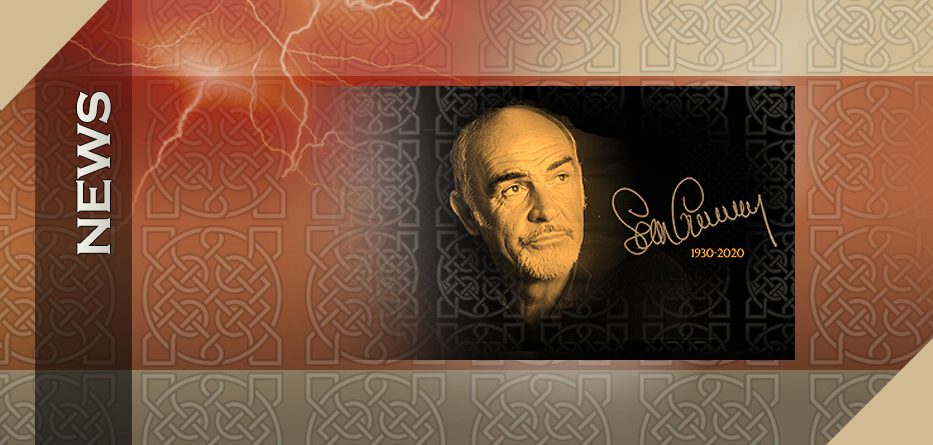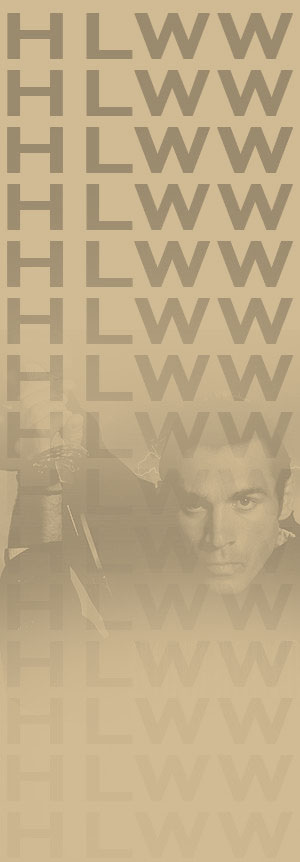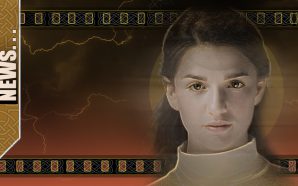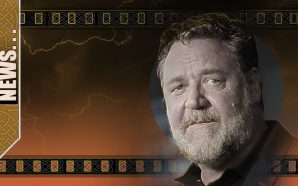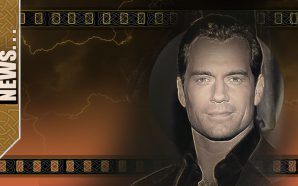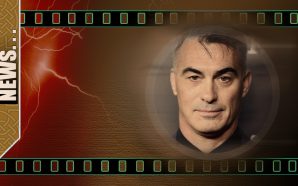For many, the iconic Sir Sean Connery, who passed away on Friday (30th October) at the age of 90, will always be James Bond. He was the first man to portray Ian Fleming’s 007 on the big screen (in 1962’s Dr. No) and though the role went to a range of familiar actors over the decades that followed, it’s Connery who began the franchise and created the standard by which all others are judged. He would appear in six further 007 outings, Dr. From Russia With Love (1963), Goldfinger (1964), Thunderball (1965) and You Only Live Twice (1967), Diamonds Are Forever (1971) lucratively stretching beyond his original contract and then returned for an unofficial Bond movie Never Say Never Again for Warner Bros. in 1983. But though the franchise made him an icon, he eventually sought to put distance between him and the character, which he did as he grew older.
He was born in Edinburgh on 25th August 1930 and would leave school just before his his 14th birthday, taking on a variety of mundane but practical jobs such as milkman, bricklayer and lifeguard. He was drafted into the Royal Navy and after leaving three years later he became a coffin polisher. But though he had little acting experience, he was alerted to an opportunity in the chorus-line of a touring production of South Pacific and he never looked back. A body-builder, he came third in the 1950’s bout for Mr. Universe and did modelling as well, but when he had the opportunity to replace Jack Palance in Rod Serling’s Requiem for a Heavyweight in the live 1957 production for the BBC, he started to get noticed and 1957’s role in Anna Christie pushed him forward and films such as Another Time, Another Place (1958), Darby O’Gill and the Little People (1959) and The Frightened City (1961) followed. Though there were others in the possible frame for the role of James Bond, Cubby Broccoli noted his ‘animal magnetism’ and Connery was offered the initial $1 million, five-picture contract to play Bond.
But his career included a vast amount of quite different roles. He was the kind of actor that only comes along rarely – able to play characters that one could argue were only variants of the performer (Connery’s roles were often portrayed as intimidating people with Scottish accents, whatever their background) but to do so with such conviction and charisma that audiences flocked to see him, whatever the genre or story.
During the 1970 he appeared in the likes of The Anderson Tapes (1971), The Offence (1973), Murder on the Orient Express (1974), the bizarre Zardoz (1974), John Huston’s The Man Who Would Be King (1975), The Wind and the Lion (1975), Robin and Marian (1976) and A Bridge Too Far (1977). The 1980s were no less interesting with Connery moving into the mentor role in many films. He enjoyed himself in Terry Gilliam’s Time Bandits (1981) and went to space for the same year’s Outland. He was Jones Snr. in Indiana Jones and the Last Crusade in 1989. He also earned an Oscar for his role in The Untouchables (1987). Between those films he famously essayed the role of Juan Sánchez-Villalobos Ramírez, the ‘Spanish peacock’ swordmaster who mentors Christopher Lambert’s Connor MacLeod in Highlander. The film might be just a bullet-point in Connery’s vast career – and forever ironic for having a Scot play an Egyptian and a Frenchman playing a Scot – but the film became a cult hit and a beloved fantasy-tinged movie that endures to this day. Connery was contractually obliged to return for a sequel that didn’t fare or age anywhere near as well.
“I think its much more interesting for the Europeans, rather than the Americans,” he told me. “I think that we had The Name of the Rose it was at Twentieth Century Fox and the entire American takings was about $2 million. It must have cost twice that amount to publicise it and put out the prints. However, it made $63 million in Europe! It made more in Germany in eight days than it did in its whole run in America,” Connery muses. “ It’s kind of encouraging to see that the response to Braveheart and Rob Roy was better, but I don’t think that America has quite the same appreciation for this kind of movie as Europe does.”
When I spoke to Highlander director Russell Mulcahy for Fearful Symmetry, he remembered how intimidating it was to meet the cinematic icon: “I remember the first day I went to the Savoy Hotel in London to meet Sean. I was there knocking on his door and thinking ‘Oh My God… I’m going to meet James Bond!’ This tall gentleman opens the door and there he was. We had the most wonderful meeting and loved the script. He was the perfect anchor for so many reasons. One, he’s such a gentleman and also such a professional and a well-grounded, experienced actor.”
Cinematographer Gerry Fisher also noted: “Connery didn’t need to do (Highlander)… he doesn’t need to do anything. Even then he could have lived quite happily and not have to do another film… but if he wanted to do something, he’d put a time on it and a price on it!”
The Nineties brought roles such as the possibly-defecting submarine captain in The Hunt for Red October (1990), the senior investigator helping Wesley Snipes in Rising Sun (1993) and as King Arthur in First Knight (1995).
I asked Connery during press for the film about the attraction to swashbuckling films and if there was some innate attraction to them over the years…
“I think its much more interesting for the Europeans, rather than the Americans. I think that we had the Name of the Rose (1986) it was at Twentieth Century Fox and the entire American takings was about $2 million. It must have cost twice that amount to publicise it and put out the prints. However, it made $63 million in Europe! It made more in Germany in eight days than it did in its whole run in America. It’s kind of encouraging to see that the response to Braveheart and Rob Roy was better, but I don’t think that America has quite the same appreciation for this kind of movie as Europe does.”
He voiced Draco the dragon for the CGI-creature in Rob Cohen’s Dragonheart (1996). The same year he appeared alongside Nic Cage in The Rock (1996). The Avengers (1998) based on the classic British tv series, was a rare spectacular disaster with Warner Bros. so furious over reports of a problematic shoot that they sent out a blanket fax to all publications warning them of negative coverage before release. That backfired spectacularly and the film misfired, flopping spectacularly though it was hardly Connery’s fault. Entrapment (1999) alongside Catherine Zeta-Jones fared better, if only by comparison, but Finding Forrester (2000) was well-received.
There were controversies: a comment he made about hitting women drew condemnation and scorn from many and his campaign for an independent Scotland was counterbalanced by his decision to live abroad paying less tax. He still accepted a knighthood from the Queen in 2000 and became SIR Sean Connery describing it as one of the proudest days of his life.
Rumoured to have turned down key roles in The Matrix and The Lord of the Rings, Connery’s last major film was 2003’s The League of Extraordinary Gentlemen… a film that probably made The Avengers look calm. The film was based around Alan Moore’s comics/graphic novels depicting a group of Victorian characters (such as Allan Quatermain, Mina Harker, Dorian Gray, Captain Nemo and Dr. Jekyll) combining together to fight a common foe. The infamous film saw Connery falling out spectacularly with the film’s director Stephen Norrington and he had such a bad time that he later told The Times that it was a key reason in his decision to give up acting: “It was a nightmare. The experience had a great influence on me, it made me think about showbiz. I get fed up dealing with idiots…” (The film also frustrated co-creator Alan Moore who believed the film bared little resemblance to his work and who was furious when Twentieth Century Fox settled a lawsuit that claimed plagiarism to the extent he has subsequently refused personal credit or co-operation with any adaptation of his works).
Connery had by now enough money to never work again if he didn’t want to and so took that option, confirming his retirement when he received the American Film Institute‘s Lifetime Achievement Award on in June,2006. he stuck to his guns and even refused a potential return to the Indiana Jones franchise, saying that “…retirement is just too much damned fun”. Technically he had one last screen role as the voice of the title character in Sir Billi the Vet in 2012, a largely-missable small-budget CGI project .
Connery passed away on Friday at his home in the Bahamas after a long illness. He is survived by his second wife Micheline Roquebrune and his son, actor and director Jason Connery.



